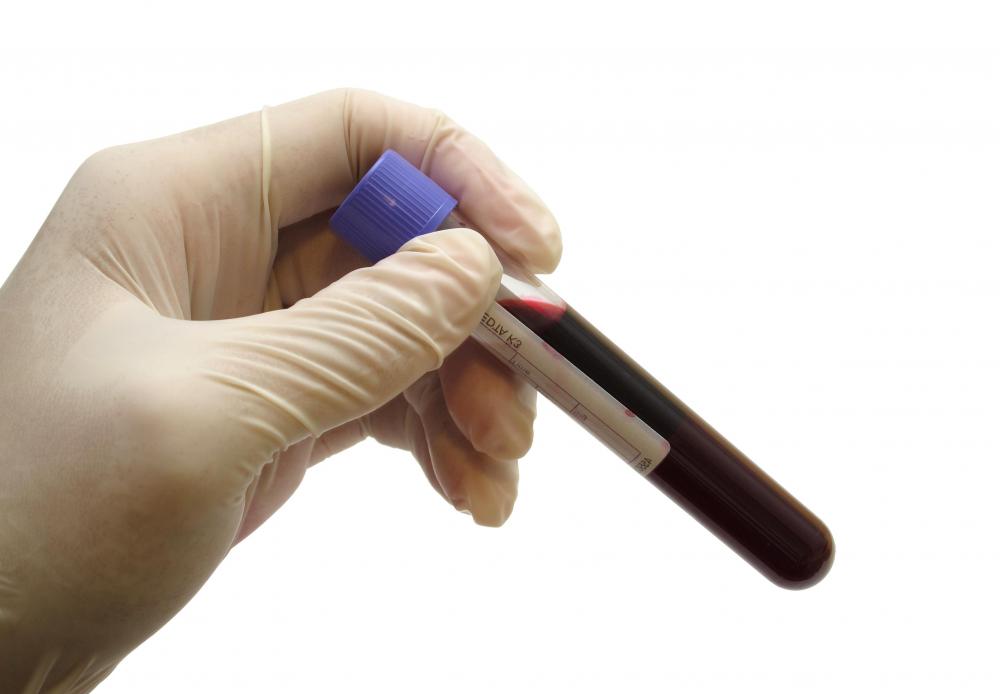At TheHealthBoard, we're committed to delivering accurate, trustworthy information. Our expert-authored content is rigorously fact-checked and sourced from credible authorities. Discover how we uphold the highest standards in providing you with reliable knowledge.
What is Late-Onset Adrenal Hyperplasia?
Late-onset adrenal hyperplasia refers to a congenital endocrine disorder, associated with an enlargement of the adrenal glands, which causes increased aldosterone production and an insufficiency of cortisol. Late-onset adrenal hyperplasia, or non-classical adrenal hyperplasia (NCAH), can produce symptoms after infancy or when an individual reaches prepubescence. Some individuals may not experience symptoms until puberty or post-partum, while others never exhibit any characteristics of the disorder. Late-onset adrenal hyperplasia might not produce life-threatening symptoms, but adrenal crisis is a possibility. Health care providers diagnose the condition using blood tests, and treatment generally depends on the severity of symptoms.
Congenital adrenal hyperplasia occurs when a genetic mutation causes the deficiency of an enzyme called 21-hydroxylase. Insufficient supplies of this particular enzyme affect the adrenal cortex, disrupting the balance of hormone production. Hormones affected by the disorder include aldosterone and cortisol. Children having late-onset adrenal hyperplasia may develop visible symptoms as early as the age of two, and physical maturity can appear five years ahead of chronological age with increased bone and muscle growth occurring in both boys and girls.

Despite the abnormal growth spurt, children afflicted with late-onset adrenal hyperplasia usually display stunted height by adulthood when compared with peers. Females may develop puberty-related physical characteristics but experience an absence of menses, causing infertility. Girls can also suffer a painful condition called polycystic ovarian syndrome. Many girls exhibit facial hair similar to what boys naturally experience during puberty or even male pattern baldness. Like pubescent boys, girls might also have voice changes.

Boys having NCAH also develop adult physical characteristics earlier than normal. Beard growth appears unusually early. The penis appears enlarged, but the testes remain small, causing a decreased sperm count and possible infertility. The hormone disruption associated with late-onset adrenal hyperplasia might also produce severe cystic acne in both genders along with emotional and mental disorders. Children afflicted with the disorder often suffer anxiety disorders, depression, or mood swings requiring medical intervention.

A morning blood test may indicate the presence of insufficient or abnormally high amounts of adrenal hormones. Health care providers can inject patients with a pituitary hormone and recheck blood levels for the presence of cortisol. Children having late-onset adrenal hyperplasia typically have little or no cortisol present in these blood samples. Treatment may involve symptomatic relief and the replacement of missing or insufficient hormones. Health care providers generally prescribe hydrocortisone or cortisol when hormone replacement becomes necessary.
AS FEATURED ON:
AS FEATURED ON:
















Discuss this Article
Post your comments